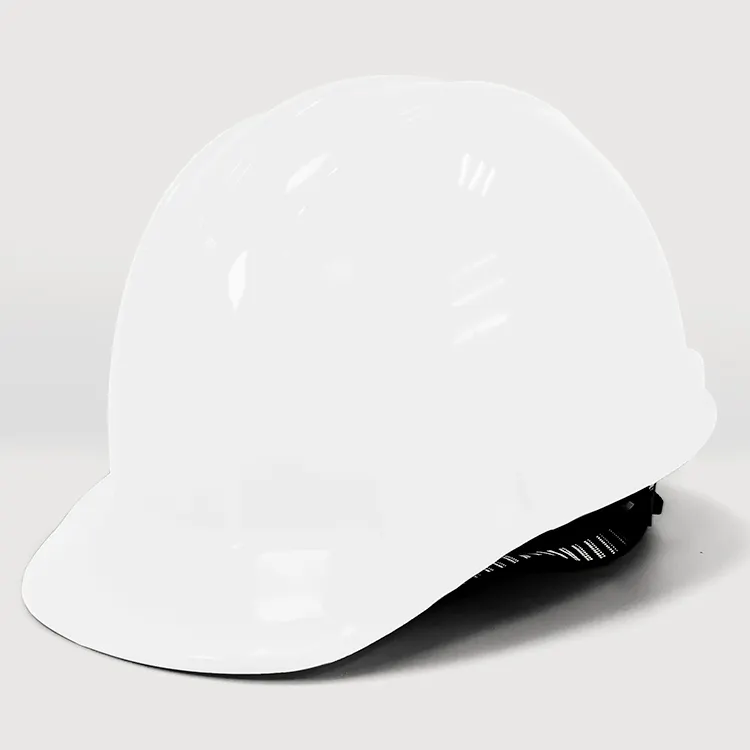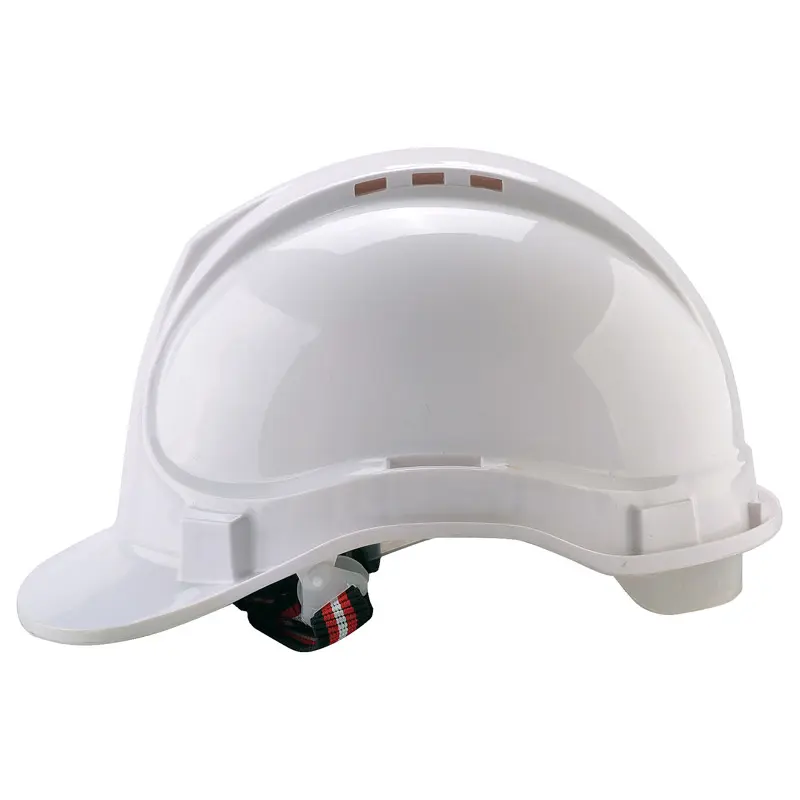Safety helmet standards are established to ensure the quality and effectiveness of helmets in protecting workers’ heads from various hazards in the workplace. These standards set specific requirements and tests that safety helmets must meet to be considered safe and reliable. Here are some of the top safety helmet standards from around the world:
- ANSI/ISEA Z89.1 (United States): This standard, developed by the American National Standards Institute (ANSI) and the International Safety Equipment Association (ISEA), outlines the requirements for industrial head protection. It categorizes helmets into two types:
- Type I: Helmets designed to provide protection against impacts to the crown (top) of the head.
- Type II: Helmets designed to provide lateral (side) impact protection as well as protection against impacts to the crown of the head.
- EN 397 (European Union): This European standard specifies the essential requirements and testing procedures for industrial safety helmets. EN 397 helmets are designed to protect the wearer against falling objects and provide resistance to lateral deformation.
- CSA Z94.1 (Canada): The Canadian Standards Association (CSA) sets the requirements for head protection in Canada. Helmets conforming to CSA Z94.1 are designed to protect against impacts, penetration, and electrical hazards.
- AS/NZS 1801 (Australia/New Zealand): This standard applies to helmets used in various industries in Australia and New Zealand. It specifies requirements for impact protection, electrical insulation, and resistance to flame.
- BS EN 14052 (High-Performance Helmets): This European standard is specifically for high-performance industrial helmets. It covers helmets that provide protection against higher levels of impact and penetration.
- NFPA 1971 (Firefighting Helmets): The National Fire Protection Association (NFPA) sets the standard for firefighting helmets in the United States. These helmets are designed to protect against extreme heat, flames, and other hazards faced by firefighters.
- AS/NZS 1800 (Horse Riding Helmets): In Australia and New Zealand, this standard outlines the requirements for horse riding helmets, ensuring they offer protection against head injuries during horse-related activities.
- EN 12492 (Mountaineering Helmets): For mountaineers and climbers, EN 12492 is a European standard that specifies the requirements for helmets designed to protect against impacts associated with mountaineering and climbing activities.
- DOT FMVSS 218 (Motorcycle Helmets): In the United States, the Department of Transportation (DOT) sets the standard for motorcycle helmets. These helmets are designed to protect motorcyclists from head injuries during crashes.
- Snell Memorial Foundation Standards (Various): Snell, a non-profit organization, develops safety standards for various types of helmets, including motorcycle, bicycle, and auto racing helmets. These standards are known for their rigorous testing procedures.
When selecting a safety helmet for a specific job or activity, it’s crucial to identify the appropriate standard that applies to your situation. Ensure that the helmet you choose meets or exceeds the requirements of that standard. Additionally, follow the manufacturer’s guidelines for proper maintenance and replacement to ensure continued protection. Remember that safety helmets are an essential part of personal protective equipment, and wearing them correctly can significantly reduce the risk of head injuries in various work environments.


